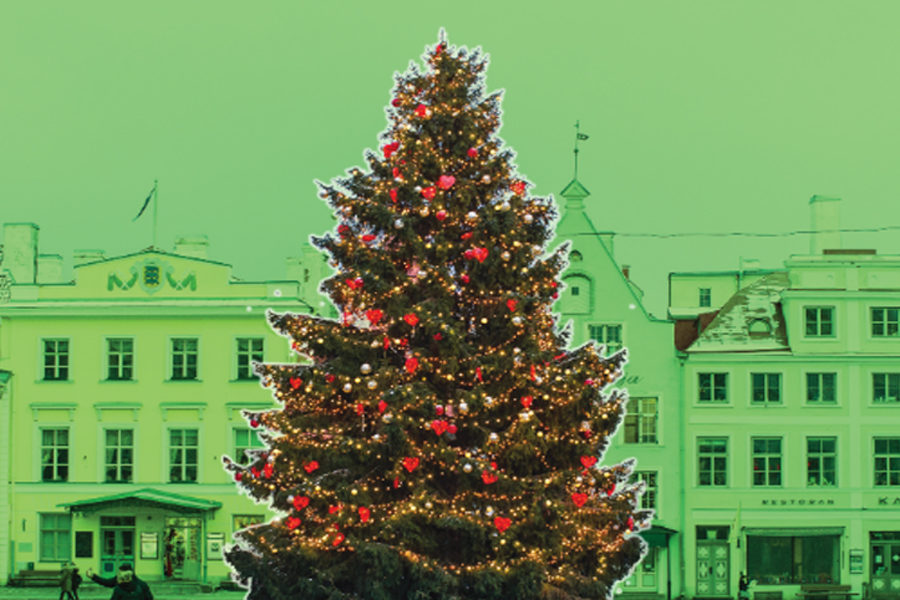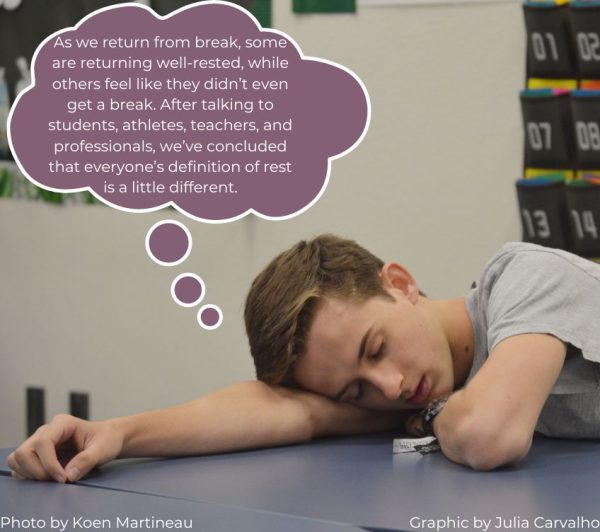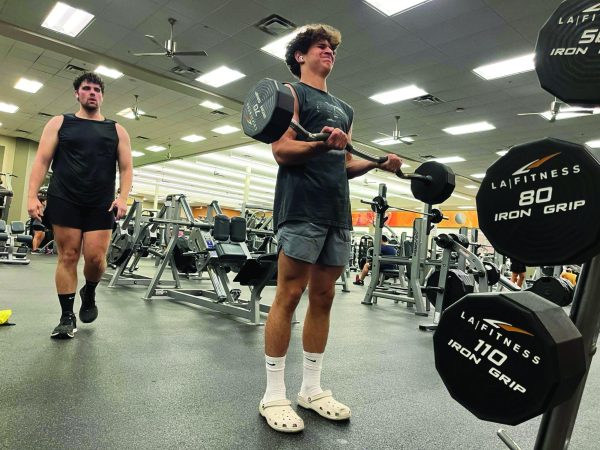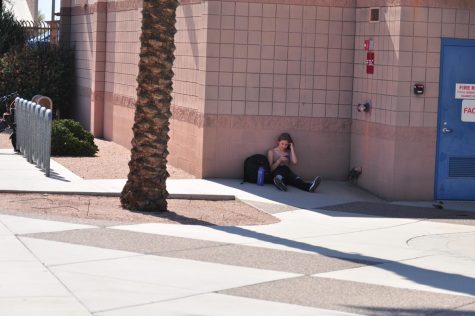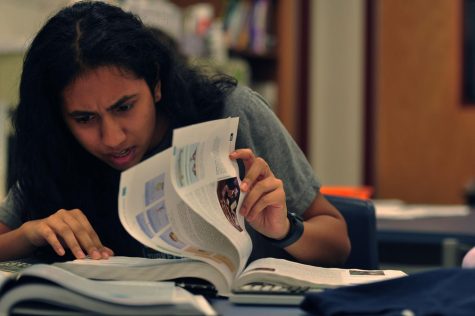Different holidays highlighted on campus
Photo illustration by Makayla Gee.
It is the time of the year where the holiday season truly rises and embraces the souls of many. The stores have Christmas music filling in the silence, Hallmark movies are big once again, and decorations are being put up in every empty corner. Even in school, there are spirit weeks dedicated to the grand winter holiday and decorations cover the walls.
In the midst of the holiday rush, we tend to forget about the other holidays that do not get nearly as much excitement as Christmas does.
Many religions have a variety of different holidays that get stashed away in the back behind the pile of trees filled with ornaments. Hanukkah began this year on December 2nd. Sophomore Dayton Jones celebrates the Jewish holiday every year, “it’s eight days and we light candles, we say a prayer, and then we get a present after that,” she states, “The last Sunday of every Hanukkah we go have a big family Hanukkah and it’s almost like a second Christmas in a way, it’s really fun we have a bunch of food, like latkes.”
Latkes are potato pancakes, a traditional dish that is made at every Hanukkah festival. There are also other traditional aspects of the Jewish holiday: the menorah, which is a candelabrum where each stick is lit up throughout the eight days of Hanukkah.
A problem that many do not stop to consider, is the fact that everything that hangs from the walls representing the popular holiday can be overwhelming. Even hearing the word “Christmas” being passed around in the halls, can make it hard for people that practice other traditions.
“It’s difficult,” Principal Dan Serrano commented, “I think now in today’s culture we have to be more sensitive, more careful of imposing traditions, that some students may not be accustomed to. So it’s tricky. We have to be sensitive to their traditions as well.”
There are a variety of different holidays that come with other religions. With not enough representation and being surrounded by American celebrated holidays, it can make many students uncomfortable.
“We need to be, as a school district, sensitive to people’s races, religions, backgrounds, so we don’t do something that’s insensitive,” Serrano commented.
Sophomore Basma Alhassen practices the Islamic faith, and she explained one particular holiday that was celebrated after Ramadan, which is a month of fasting.
“We have this thing called Eid and basically we celebrate it after we fast for 30 days, and basically we fast because we want to feel how the people [felt] like [when] they didn’t have any food and they just try to feel their pain and also to get closer to God,” Alhassen stated.
Eid is not marked on a specific date on the calendar, there are two portions, Eid al-Fitr and Eid al-Adha. Eid al-Adha, also known as the “Feast of Sacrifice” is celebrated before Ramadan begins. Eid al-Fitr is the celebration that takes place after the entire month of fasting. The best clothes are worn, prayers take place, and festivities involving delicious food is mixed into this event.
These holidays are only a slice from the big world we live in, which we are lucky to be able to observe and learn about in our own campus.
Perry is a melting pot of different ethnicities and religions, each of them bringing a wonderful flavor and enriching experiences to the hallways.
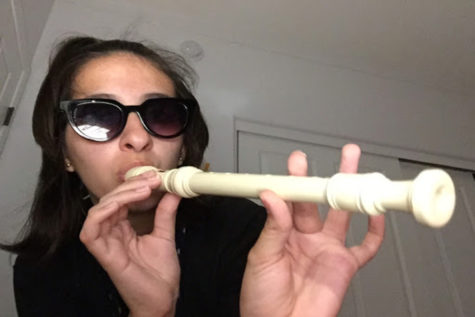
Nadine Loureiro is a senior at Perry High School and is in her third year of newspaper. Her beat this year is food critic, which she is looking forward...

